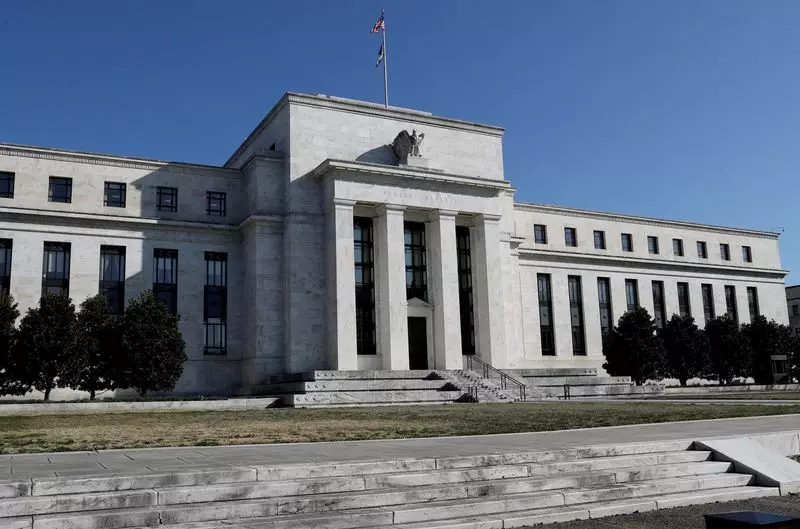During the last Federal Reserve meeting held on June 11-12, officials acknowledged that the U.S. economy was showing signs of slowing down. They also noted that “price pressures were diminishing,” as seen through weak May readings in the consumer price index. This decline in inflation was supported by various developments in the product and labor markets. Despite these concerning indicators, the Federal Reserve officials decided to take a wait-and-see approach before committing to any interest rate cuts.
The minutes of the meeting highlighted that the majority of participants believed that economic activity was gradually cooling down. Most participants also viewed the current policy stance as restrictive, which could further curb the economy and inflation. However, they agreed that it was not yet appropriate to lower the target range for the federal funds rate until additional information emerged, giving them greater confidence that inflation was moving sustainably towards the 2% target.
Federal Reserve Chair Jerome Powell emphasized a cautious approach to setting monetary policy, especially in understanding the path of price pressures. He mentioned the importance of ensuring that the current levels of inflation were a true reflection of underlying economic conditions. Powell insisted on the need to be more confident that inflation is moving sustainably down towards 2% before considering any loosening of monetary policy.
Delayed Start of Rate Cuts
In addition to holding rates steady, policymakers at the June meeting also decided to delay the expected start of rate cuts. New projections showed that Fed officials anticipated only one quarter-percentage-point cut this year, as opposed to the three cuts expected at the March 19-20 meeting. This cautious approach indicates the Federal Reserve’s willingness to wait for more concrete data before making any significant changes to interest rates.
The Federal Reserve is scheduled to hold its next policy meeting on July 30-31. It is widely expected that the benchmark interest rate will remain unchanged at this meeting. This decision is reflective of the Federal Reserve’s current stance of patience and careful consideration when it comes to adjusting monetary policy in response to economic conditions.
The Federal Reserve’s approach to interest rates reflects a delicate balance between responding to economic indicators and maintaining stability in the financial markets. By acknowledging the slowing economy and diminishing price pressures, the Federal Reserve is taking a cautious approach to interest rate adjustments. This careful consideration of data and economic trends will guide the Federal Reserve in making informed decisions regarding future policy changes.

